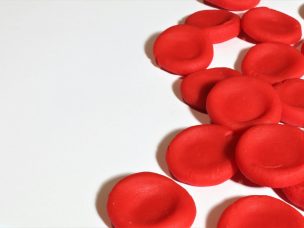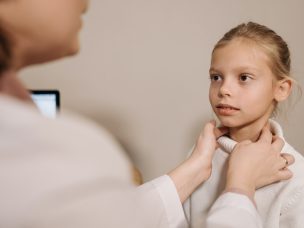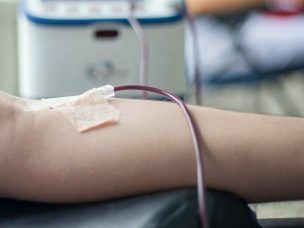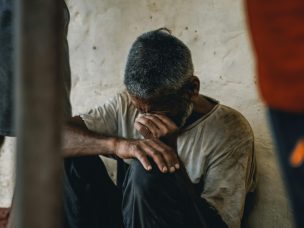The rapid spread of the monkeypox virus has led to a lot of fear and confusion across the world. A thorough understanding of the pathobiology of monkeypox can lead to better public health recommendations in the future.
Although monkeypox has been observed in the past in Africa, the current spread in the United States and throughout Europe represents the first time that community transmission at a large scale has been observed in these locations. A recent article, published in the Journal of Autoimmunity, analyzes the outbreak and pathobiology of the monkeypox virus.
The viral re-emergence of monkeypox was first reported in Portugal, Spain, and Canada on May 18, 2022. Following this, many other countries began to report cases. The outbreak in the US is described in detail.
Initial symptoms include fever and chills, later developing into a rash on the face that progresses to other body parts. Human to human transmission usually involves direct contact with a viral lesion or body fluids. Diagnosis is based on laboratory tests including PCR, ELISA, western blot, and immunohistochemistry. There is also a description of novel viral mutations, concluding that the monkeypox virus evolution started to accelerate around 2017.
Regarding transmission, the researchers note that the monkeypox virus has a replication value of 1, which means that it has epidemic potential. They note that mother-to-child transmission can cause congenital complications, and that transmission via close physical contact may require quarantining of up to three weeks in infected persons to prohibit rapid spread. Prevention via the use of existing smallpox vaccines is yielding promising but preliminary results. Currently, antiviral drugs being used for treatment include cidofovir and tecovirimat.
The authors conclude by discussing future challenges that face the treatment of monkeypox, including the Ukraine-Russia war. They suggest an aggressive contact tracing program along with quarantining and post-exposure vaccines to mitigate spread.
Reference:
Kumar, N., Acharya, A., Gendelman, H. E., & Byrareddy, S. N. (2022). The 2022 outbreak and the pathobiology of the monkeypox virus. Journal of Autoimmunity, 131, 102855. doi: 10.1016/j.jaut.2022.102855









